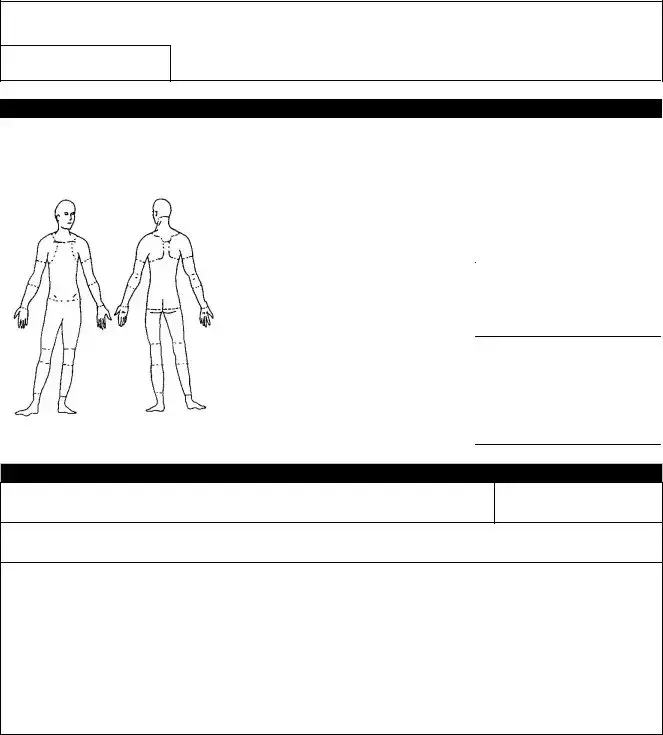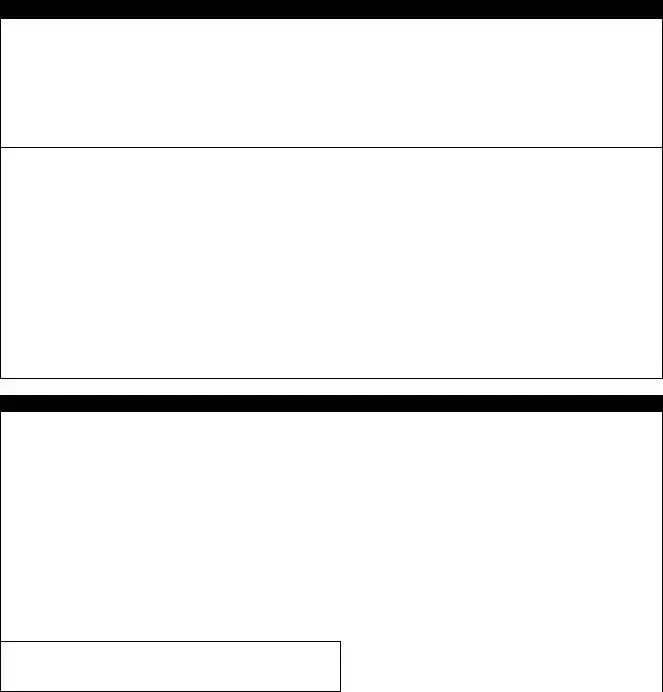Fillable Employee Accident Report Template
The Employee Accident Report form is a crucial document that captures details of workplace incidents involving employees. This form helps ensure that all necessary information is recorded for safety evaluations and potential claims. If you've experienced an accident at work, it's important to fill out the form promptly by clicking the button below.
Get My Employee Accident Report



